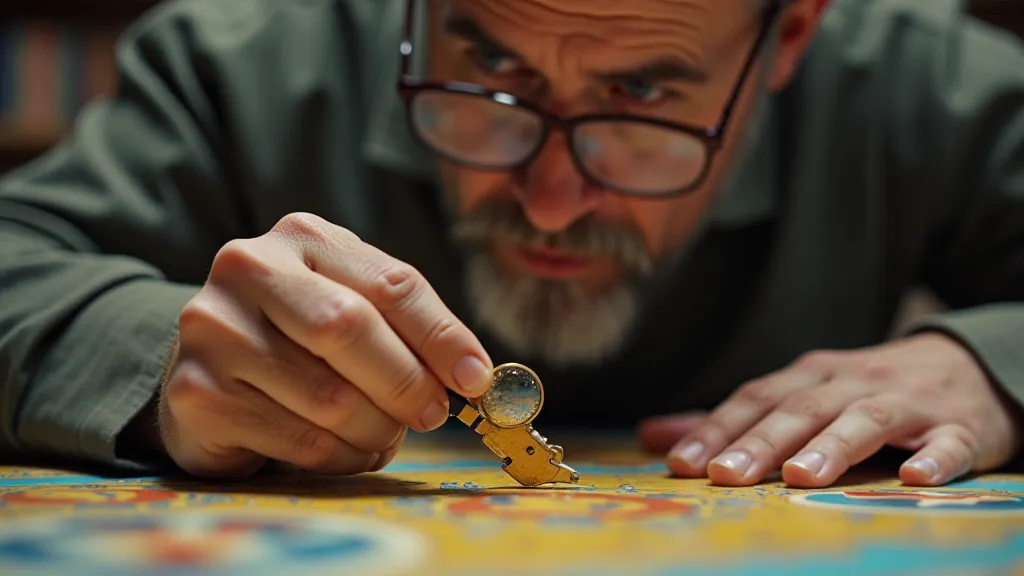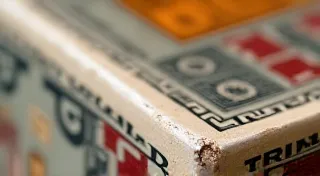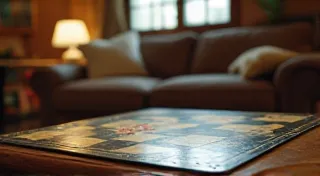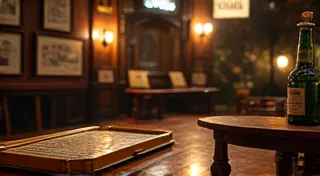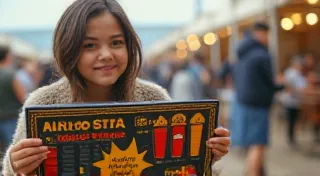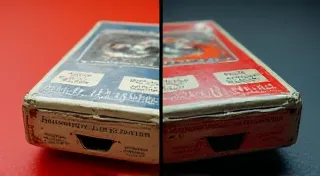Spotting Fakes: Identifying Counterfeit Vintage Board Games
The thrill of the hunt is a big part of game collecting. Finding that elusive, pristine copy of a classic vintage board game can be incredibly rewarding. However, the market for rare and collectible games also attracts those looking to profit from deception. Counterfeit vintage board games are becoming increasingly sophisticated, making it vital for collectors to develop a keen eye and know how to spot the telltale signs of a fake. This guide will equip you with the knowledge to protect your investments and ensure you’re acquiring genuine pieces of history.
Understanding the Rise of Fakes
As the value of vintage board games has skyrocketed, so has the incentive to create convincing fakes. Early fakes were often crude, easily identifiable by obvious errors. Today's counterfeits are often based on reproductions, utilizing original box art and components, but with subtle flaws that, to the untrained eye, might go unnoticed. Understanding why these fakes are created – to deceive and profit – is the first step in recognizing them.
Key Areas to Inspect – The Devil’s in the Details
1. The Box: A Critical First Impression
The box is often the easiest place to find discrepancies. Examine it carefully under good lighting. Look for these red flags:
- Printing Quality: Original vintage boxes used specific printing techniques. Fakes often have noticeably inferior printing – colors may be off, the paper might feel different (too glossy, too matte), and the print clarity may be poor.
- Typography: Fonts used in vintage games were often specific and period-appropriate. A mismatch in fonts is a strong indicator of a fake.
- Box Construction: The cardboard quality and construction techniques varied depending on the era. A box that feels flimsy or uses modern cardboard is suspect.
- Wear and Tear – or Lack Thereof: While genuine vintage games show signs of age and wear (corner rounding, minor scratches, etc.), some fakes are *too* pristine for their supposed age.
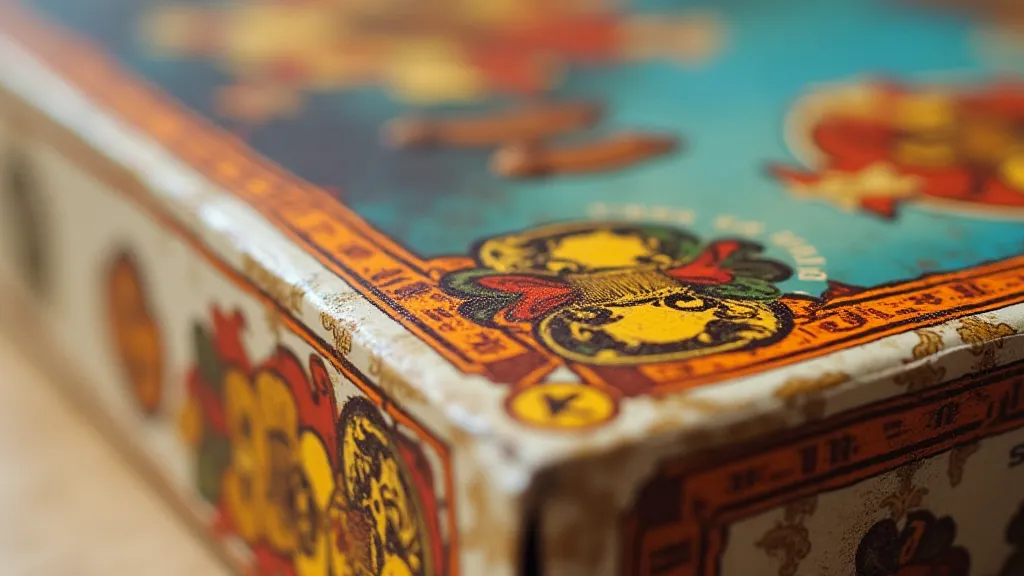
2. Components: More Than Just the Game Pieces
Don't just check the board itself. Scrutinize everything:
- Game Board Material & Printing: The type of board used (cardboard, wood, etc.) and the printing quality should be consistent with the original.
- Card Stock & Finish: Card stock and finishes (glossy, matte, linen) were often specific to a game’s production year.
- Piece Material: Game pieces (pawns, dice, cards) should be made of materials authentic to the period. Plastic types, wood grains, and metal finishes can all be telltale signs.
- Rules and Instructions: Compare the rules and instructions to known, verified copies. Errors in translation, grammatical errors, or changes in layout are strong indicators of a fake.
3. The "Feel" – Intuition and Experience
As you become more familiar with vintage board games, you's develop an intuitive sense – a "feel" – for what is authentic. This comes from handling many genuine games and learning their nuances.
Research is Your Best Defense
Before you commit to a purchase, thorough research is essential. Here's how to arm yourself:
- Consult Rarity Guides & Price Charts: These resources provide accurate information about original production runs, materials, and variations.
- Join Online Forums & Collector Groups: Experienced collectors are a wealth of knowledge and often willing to offer advice.
- Examine Auction Records: Auction house catalogs and online records can reveal what authentic copies have sold for and provide visual references.
- Compare to Known Authentic Examples: Whenever possible, compare the game in question to a verified authentic copy.
Beware of Common Red Flags
- Unusually Low Prices: If a deal seems too good to be true, it probably is.
- Missing or Altered Packaging: While some games are found without original boxes, missing or altered packaging is often a sign of a fake or a reproduction.
- Seller Reputation: Buy from reputable sellers with a proven track record.
- Reluctance to Provide Details or Allow Inspection: Be wary of sellers who are evasive or unwilling to answer questions.
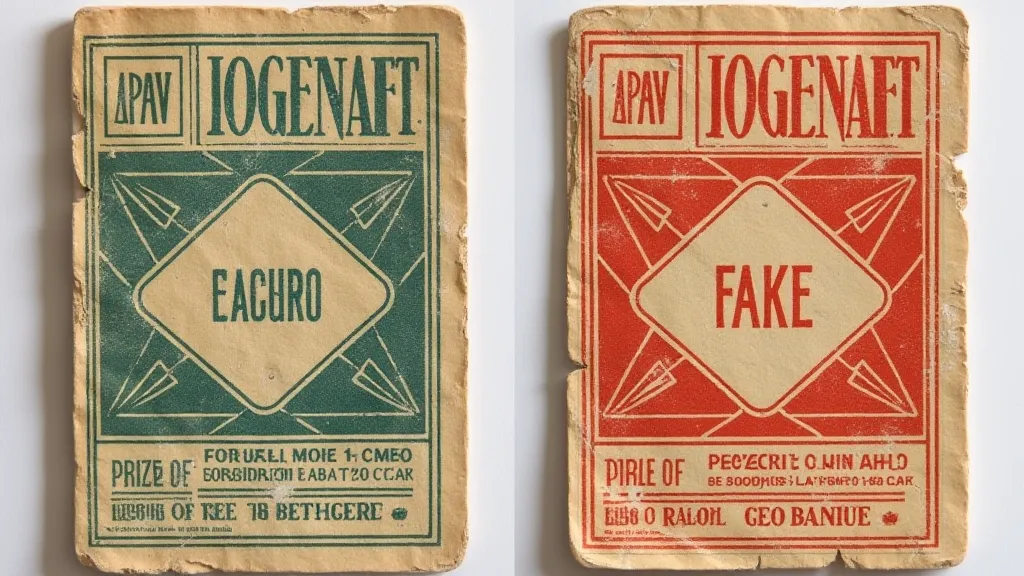
Staying Vigilant
The world of vintage board game collecting is a rewarding one, but it's also important to be vigilant. By understanding the signs of a fake, conducting thorough research, and relying on the expertise of experienced collectors, you can protect your investments and enjoy the thrill of acquiring genuine pieces of gaming history.
